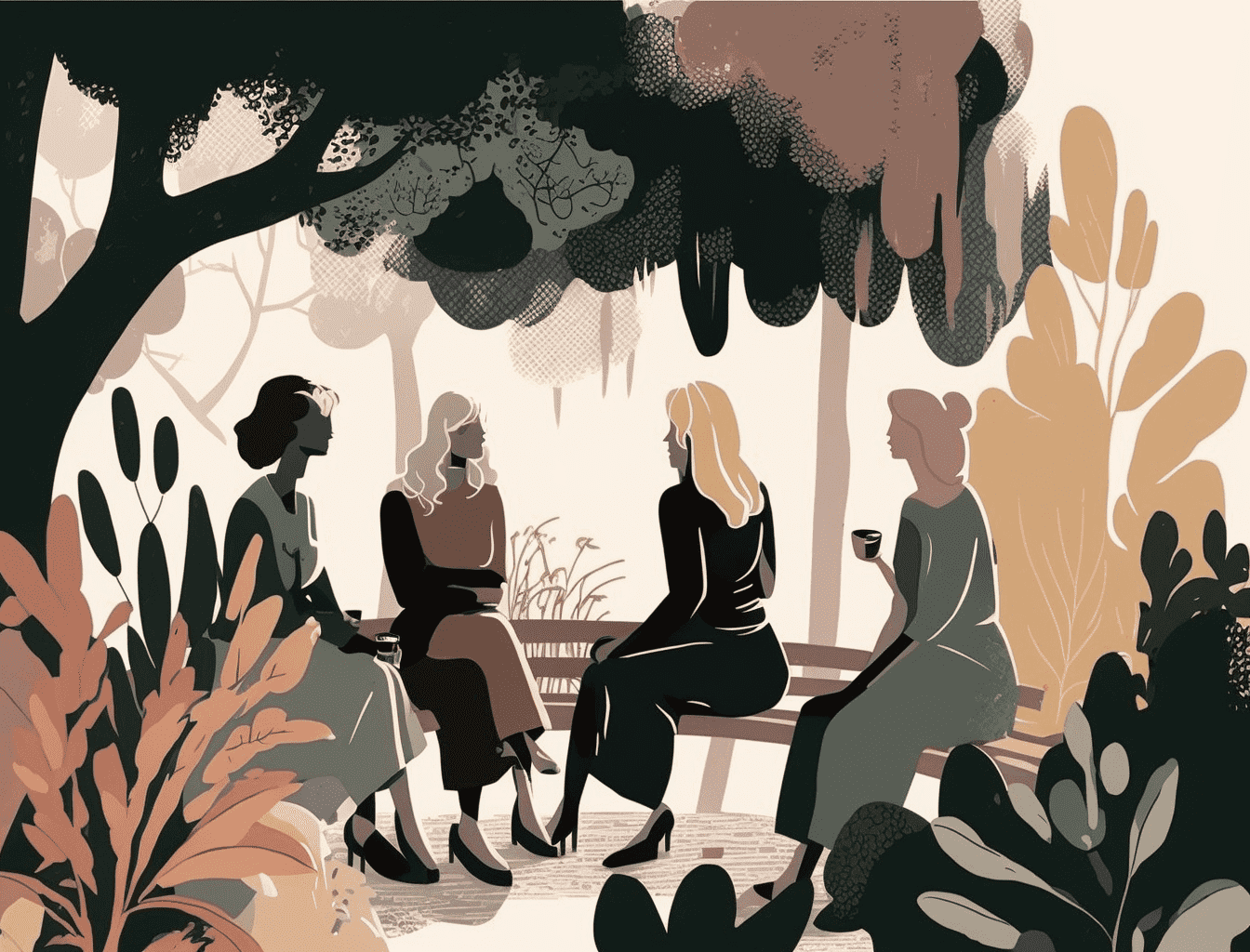Celebrating Female Landscape Designers: Their Impact and Legacy
As we celebrate International Women's Day and Women's History Month, it's essential to acknowledge the remarkable contributions that women have made in various fields throughout history. Women have been at the forefront of some of the most significant and impactful movements in history, ranging from literature to politics to landscape design. Their creativity, intellect, and leadership have shaped the world we live in today, and their influence continues to inspire and empower generations of women worldwide.
In the realm of landscape design, female designers have left an indelible mark on the industry with their innovative designs, dedication to sustainability, and commitment to creating spaces that are both functional and beautiful. Today, we celebrate the achievements of some of the most influential female landscape designers, whose legacies continue to shape our world and inspire us to create better, more sustainable spaces for generations to come.
Gertrude Jekyll (1843-1932) UK: Gertrude Jekyll was a British garden designer, plantswoman, and writer who is known for her influential approach to garden design, which emphasised the use of colour, texture, and form to create harmonious and naturalistic gardens. She collaborated with architect Sir Edwin Lutyens, which resulted in the creation of some of England's most celebrated gardens. Jekyll designed over 400 gardens throughout her career and was awarded the Victoria Medal of Honour by the Royal Horticultural Society in 1897. Her influential book, "Wood and Garden," was published in 1899 and is still considered a classic in the field of garden design.
Gertrude Jekyll's garden designs were characterised by her use of bold, bright colors and her talent for combining plants of different heights and textures to create a harmonious and naturalistic effect. She often used a wide range of flowering perennials, including lupins, delphiniums, and phlox, arranged in a series of broad borders that transitioned seamlessly from one colour to the next. Jekyll's gardens also featured a variety of hedges and shrubs, which she used to create distinct "garden rooms" and provide privacy and shelter from the wind. Her designs were known for their attention to detail, with carefully planned paths, steps, and vistas that drew the visitor through the garden and highlighted its unique features. Overall, Jekyll's gardens were an expression of her belief in the importance of beauty and the restorative power of nature.
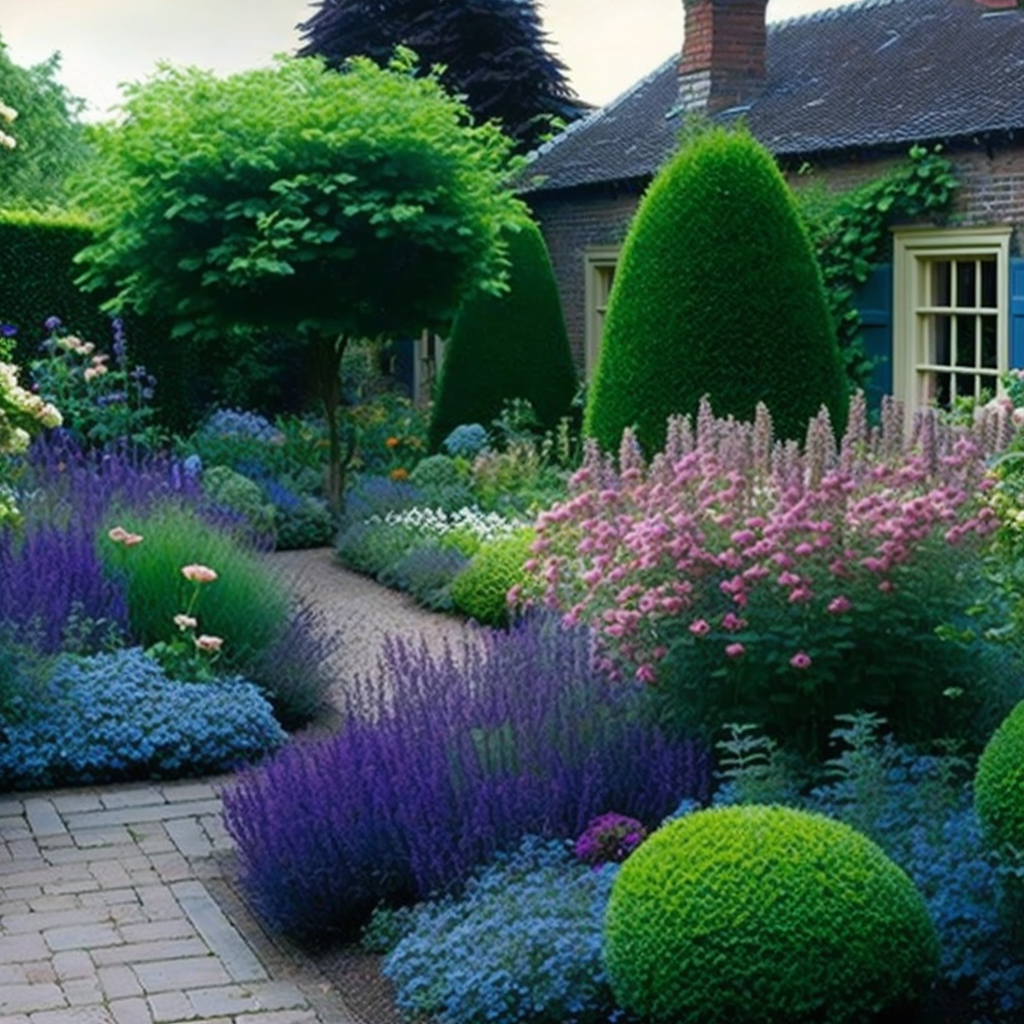


Beatrix Farrand (1872-1959) USA: Beatrix Farrand was an American landscape architect and one of the founding members of the American Society of Landscape Architects. She designed gardens for private estates, public parks, and college campuses, including the Dumbarton Oaks Garden in Washington D.C. Farrand was known for her skillful use of plant materials, her attention to detail, and her ability to create gardens that complemented the surrounding landscape. She was the first woman to receive the Gold Medal from the American Society of Landscape Architects in 1943.
Beatrix Farrand's garden designs were characterised by her meticulous attention to detail and her use of plantings to create specific moods and feelings. She was known for her extensive knowledge of plant materials, including their cultural requirements, and for her ability to design gardens that were both beautiful and functional. Farrand's gardens often featured a range of carefully chosen trees, shrubs, and perennials, arranged in naturalistic groupings that reflected the local landscape. She also made use of architectural elements such as pergolas, trellises, and walls to create garden "rooms" and provide structure and definition to the landscape. Overall, Farrand's gardens were an expression of her deep love of nature and her belief in the power of garden design to enhance people's lives.



Mary Reynolds (1974-present) Ireland: Mary Reynolds is an Irish garden designer, landscape consultant, and author who won a gold medal at the Chelsea Flower Show in 2002. Reynolds is known for her unique approach to garden design, which emphasises the use of natural materials, sustainable practices, and spiritual elements to create gardens that are not only beautiful but also in harmony with the environment. She has designed gardens for private clients, public spaces, and film sets, including the garden for the movie "The Secret Garden." Reynolds has also authored several books, including "The Garden Awakening," which explores the relationship between people and nature in garden design.
Mary Reynolds' garden designs were characterised by her use of naturalistic, organic forms and her emphasis on creating gardens that were in harmony with the local landscape. She often incorporated elements of the natural world into her designs, such as rock formations, water features, and native plant materials. Reynolds' gardens were known for their sense of wildness and spontaneity, with plantings arranged in irregular patterns that mimicked the randomness of nature. She also made use of sustainable design practices, such as rainwater harvesting and composting, to minimise the impact of her gardens on the environment. Overall, Reynolds' gardens were an expression of her belief in the importance of reconnecting with the natural world and living in harmony with the Earth.
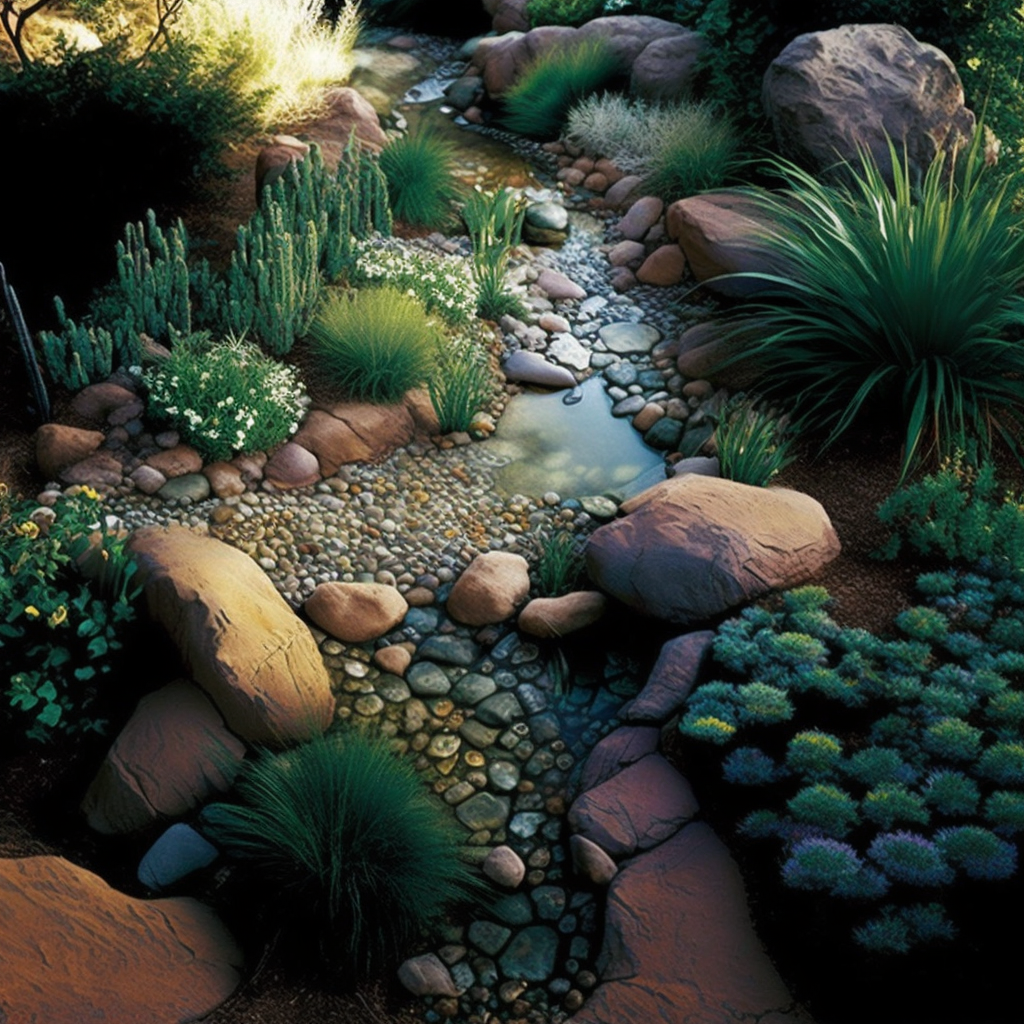
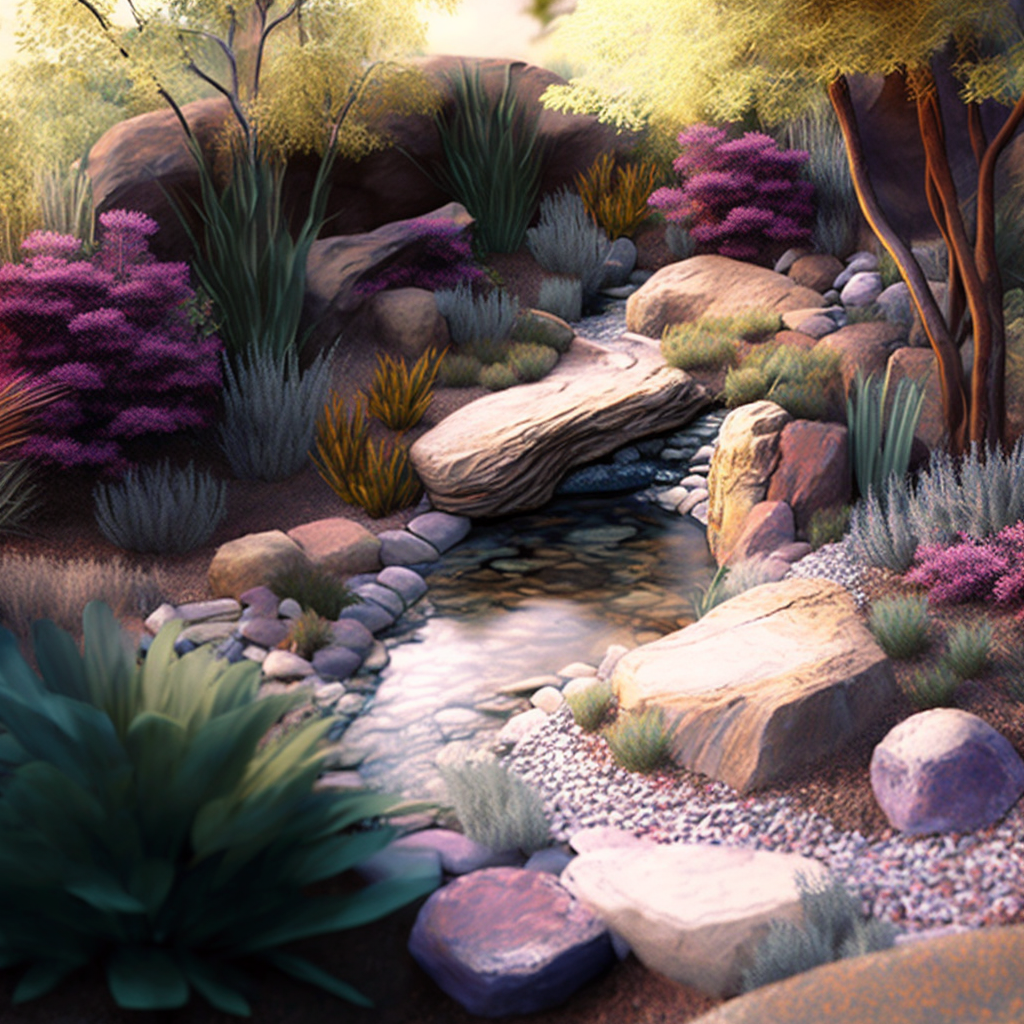
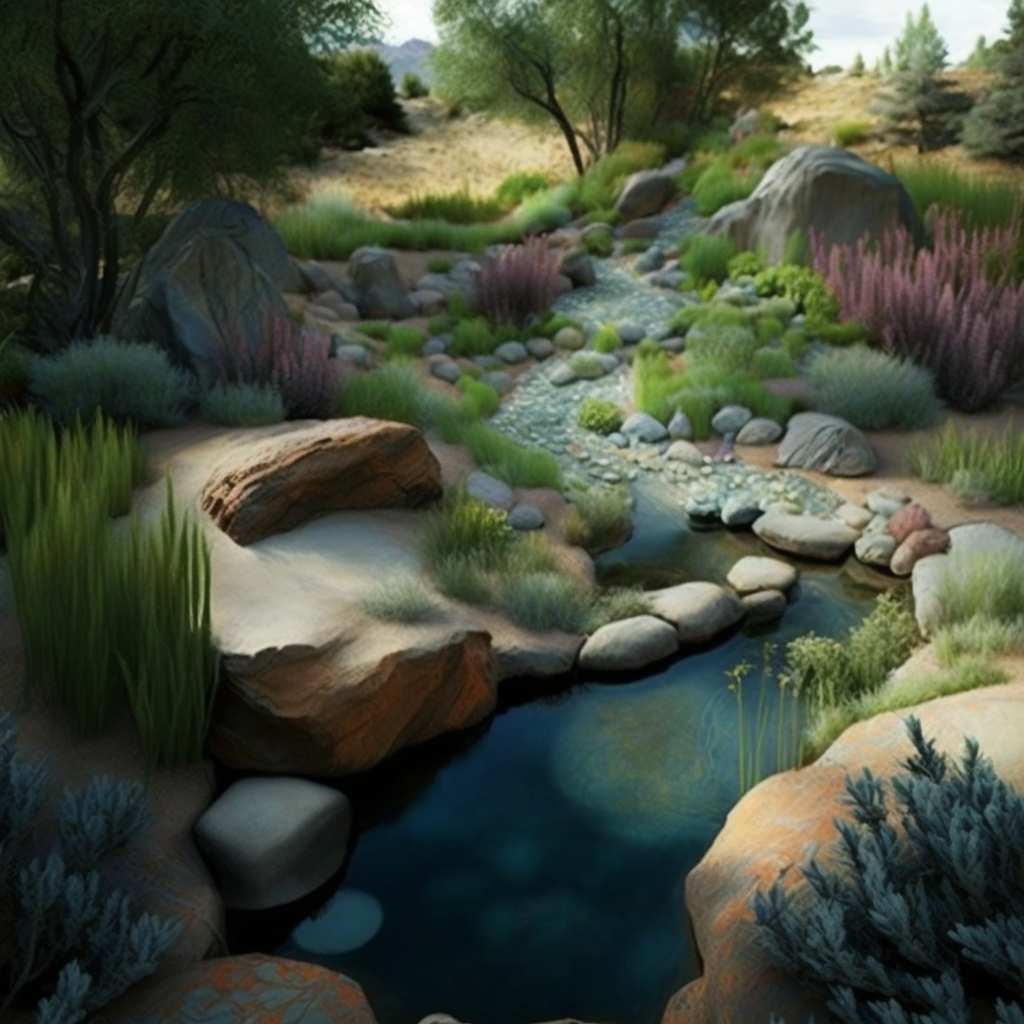
Nicole de Vésian (1916-1996) France: Nicole de Vésian was a French garden designer and former fashion designer who began her career in garden design at the age of 70. She is known for her minimalist approach to garden design, which emphasises the use of simple geometric shapes, stone walls, and drought-resistant plants to create gardens that are both elegant and low maintenance. Vésian worked as a designer at the famous French garden La Louve before starting her own garden design company, and her work has been featured in numerous books and magazines. She is also known for her work with the French fashion house Hermes, where she designed the company's famous silk scarves.
Nicole de Vésian's garden designs were characterised by her use of clean lines, strong shapes, and simple plant palettes to create gardens that were both modern and timeless. She often used a limited number of plant materials, such as lavender, rosemary, and boxwood, arranged in geometric patterns to create a sense of order and structure. Her designs were also known for their use of stone and other natural materials, which were carefully selected to complement the surrounding landscape. De Vésian's gardens were often designed to be viewed from a distance, with sweeping vistas and long sightlines that drew the viewer's eye through the garden and out into the surrounding countryside. Overall, her gardens were an expression of her belief in the beauty of simplicity and her desire to create spaces that were both elegant and serene.
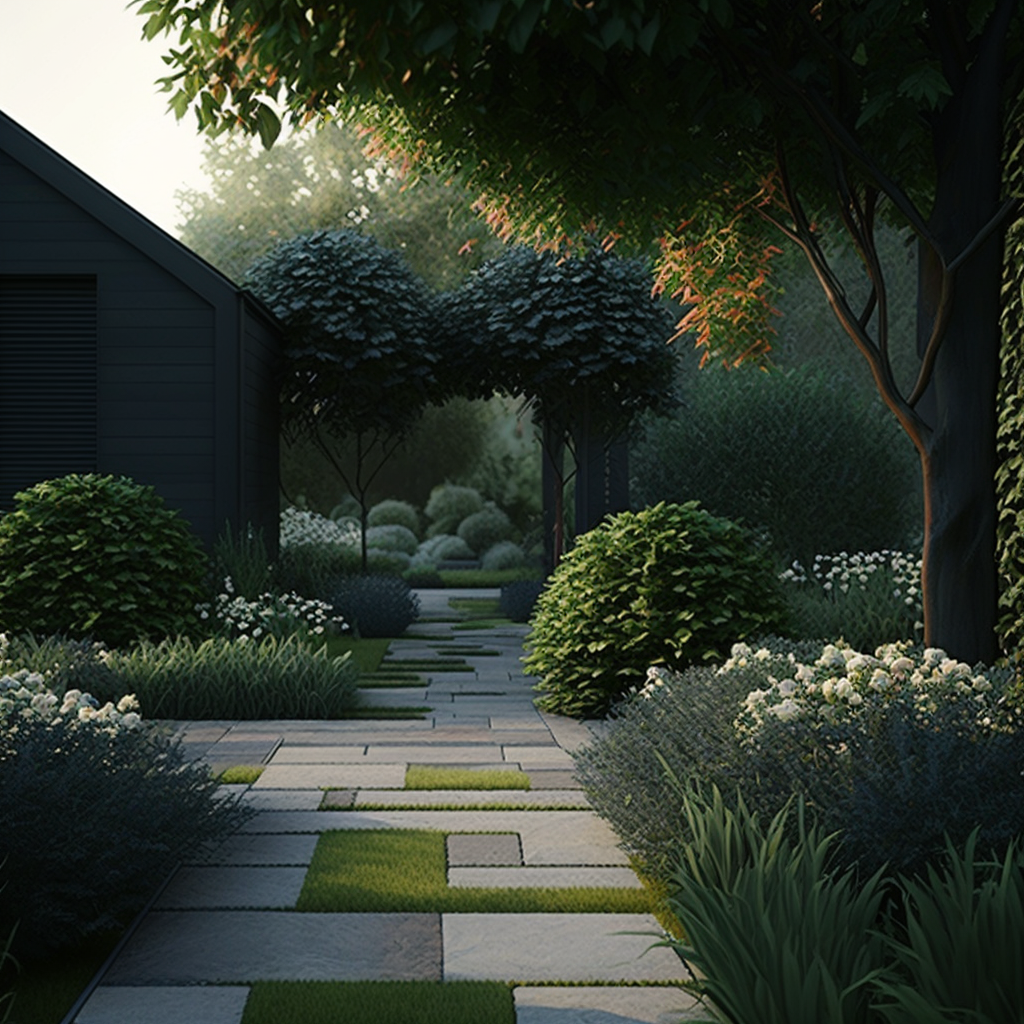


Cornelia Hahn Oberlander (1921-2021) Canada: Cornelia Hahn Oberlander is a Canadian landscape architect and one of the most influential designers of the 20th century. She is known for her modernist approach to landscape design, which emphasises the use of sustainable and environmentally friendly practices. Oberlander's work includes the design of the Canadian embassy in Berlin, the Museum of Anthropology at the University of British Columbia, and the Children's Creative Centre at the Canadian National Exhibition. She has won numerous awards for her work, including the Order of Canada and the American Society of Landscape Architects Medal. Oberlander has also been a strong advocate for the preservation of green spaces and has worked to promote the use of public parks in urban areas.
Cornelia Hahn Oberlander's garden designs were characterised by her focus on sustainability and her use of plant materials that were appropriate for the local climate and ecology. She often incorporated elements of the surrounding landscape into her designs, such as rocks, trees, and water features, to create gardens that felt like a natural extension of the local environment. Her designs were also known for their use of simple, functional elements, such as benches, pathways, and play areas, that were carefully integrated into the landscape to create spaces that were both beautiful and practical. Oberlander's gardens were designed to be enjoyed by people of all ages and abilities, with features such as accessible pathways and sensory gardens that were designed to be engaging and interactive. Overall, her gardens were an expression of her belief in the importance of designing spaces that were sustainable, accessible, and integrated into the surrounding environment.

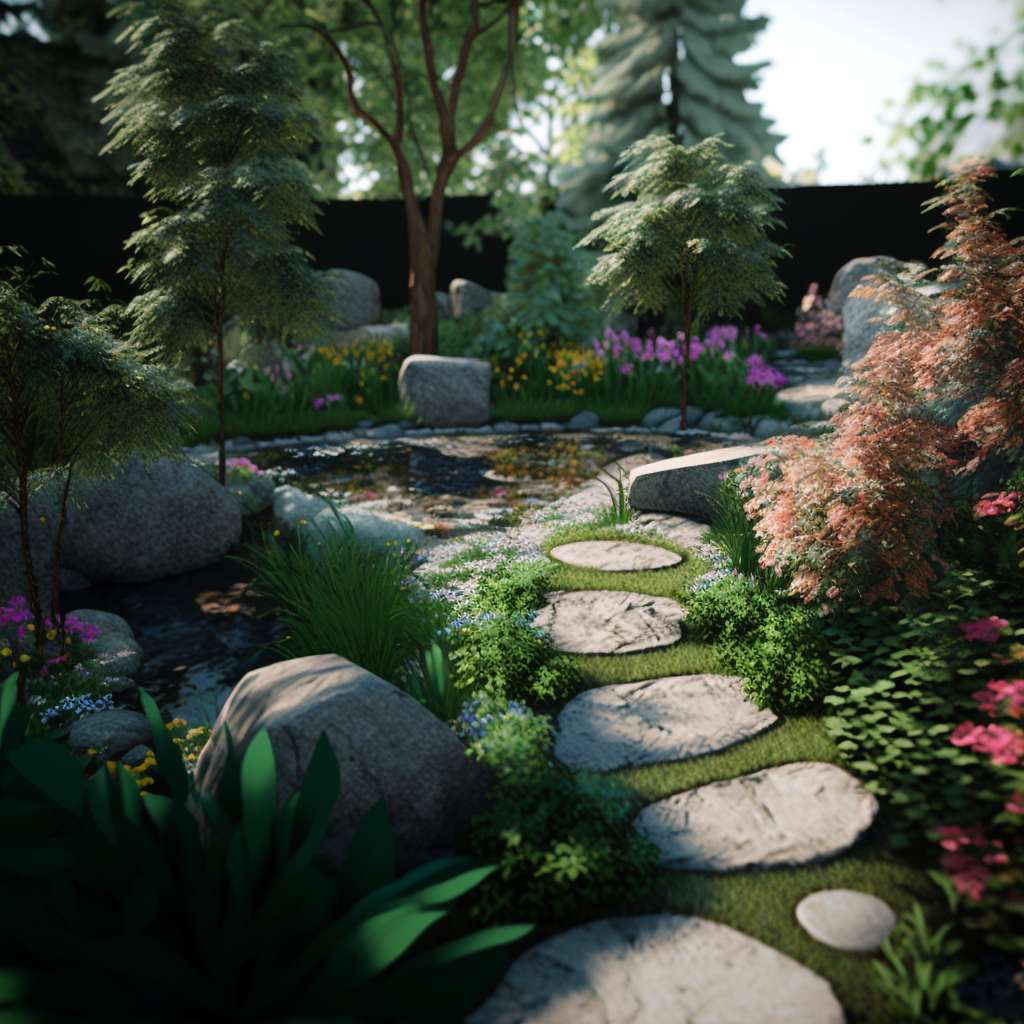
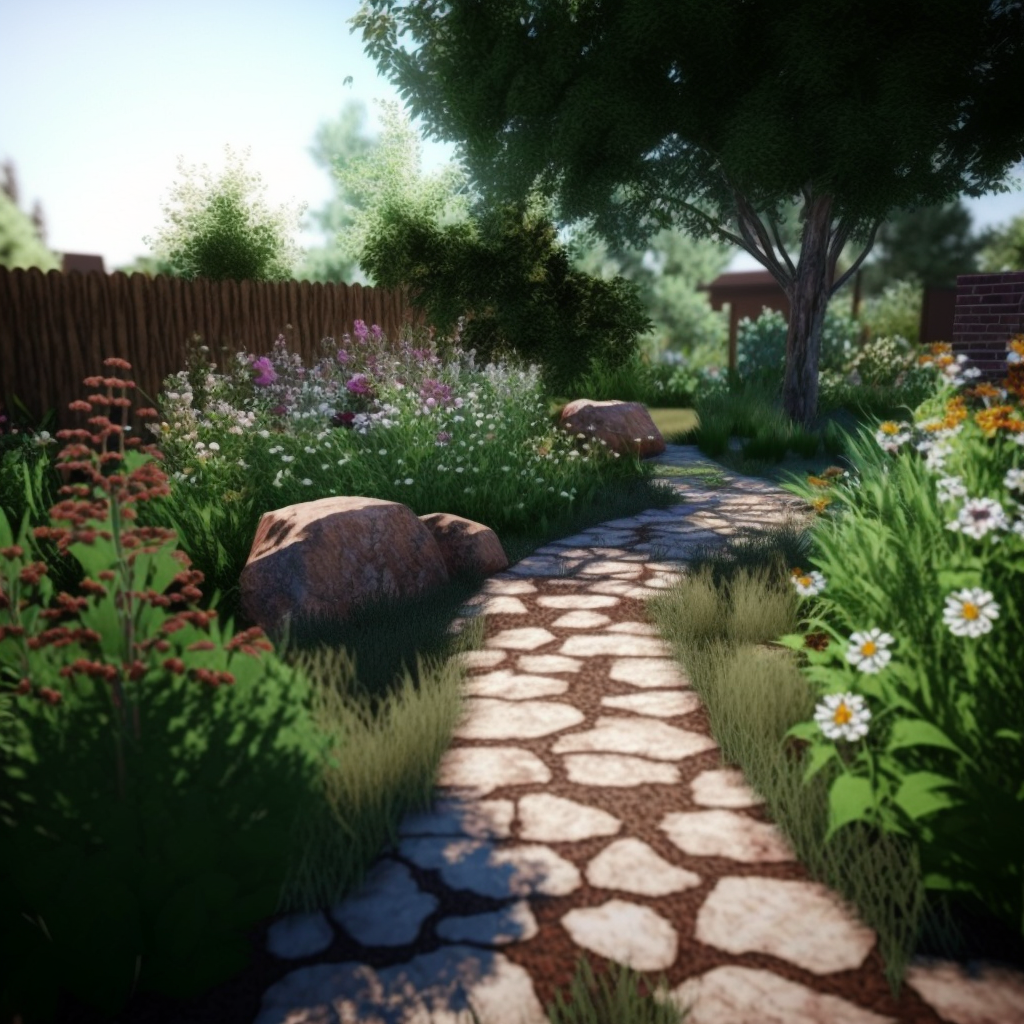
Isabel Duprat (1945-present) Brazil: Isabel Duprat is a Brazilian landscape architect known for her work with modernist architects, including Oscar Niemeyer and Lina Bo Bardi. She is known for her use of native Brazilian plants, bold forms, and the integration of architecture and landscape. Some of her most notable works include the landscaping of the Latin America Memorial in São Paulo and the Burle Marx Park in Brasília. Duprat has won numerous awards for her work, including the Grande Prêmio de Arquitetura Corporativa and the Rosa Grena Kliass Prize for Landscape Architecture. She has also taught landscape architecture at universities in Brazil and abroad.
Isabel Duprat's garden designs were characterised by her use of vibrant colours, bold forms, and playful elements to create gardens that were both whimsical and sophisticated. She often used a diverse array of plant materials, such as exotic flowers, succulents, and cacti, arranged in dynamic patterns to create a sense of movement and energy. Her designs were also known for their use of unconventional materials, such as recycled glass, metal, and wood, which were carefully selected to add interest and texture to the garden. Duprat's gardens were often designed to be experienced in a variety of ways, with features such as waterfalls, sculptures, and seating areas that invited visitors to explore and interact with the space. Overall, her gardens were an expression of her belief in the importance of creating spaces that were both beautiful and joyful, and that celebrated the diversity and abundance of the natural world.

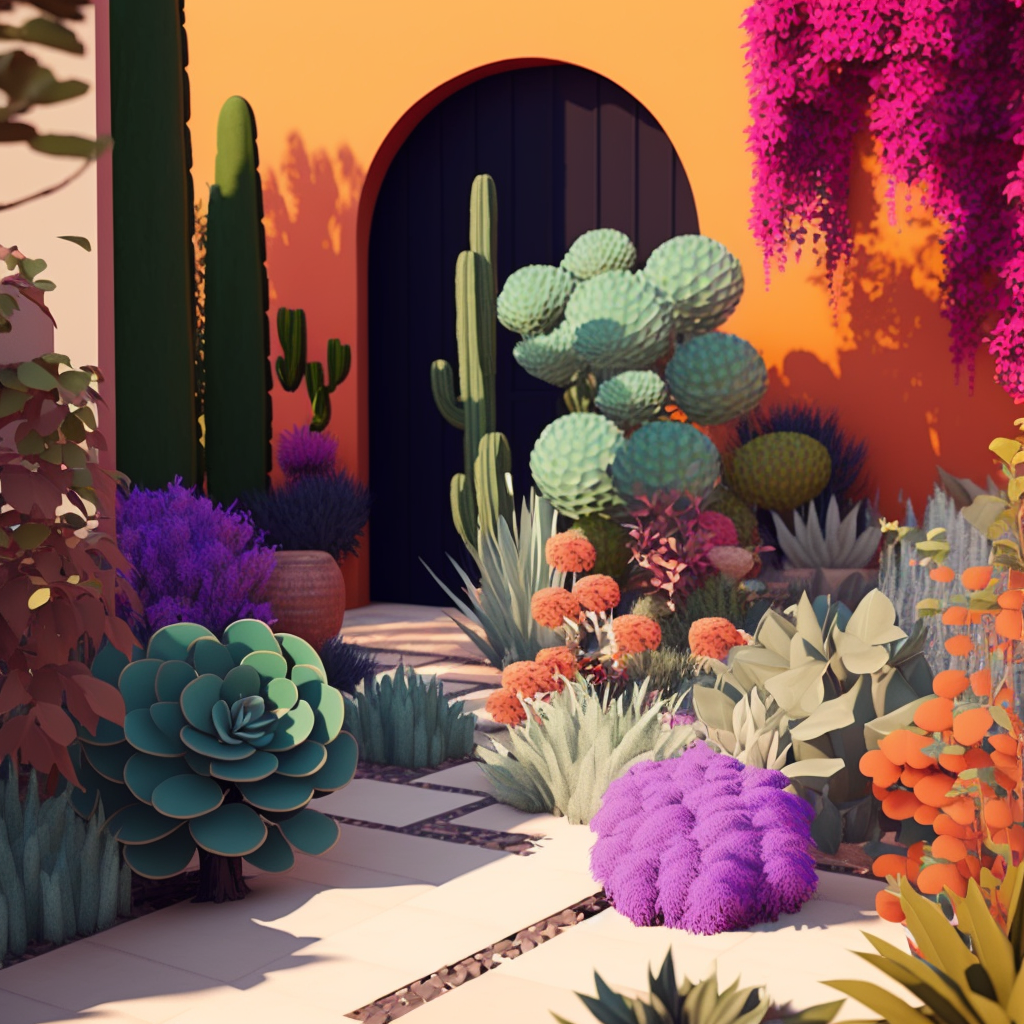
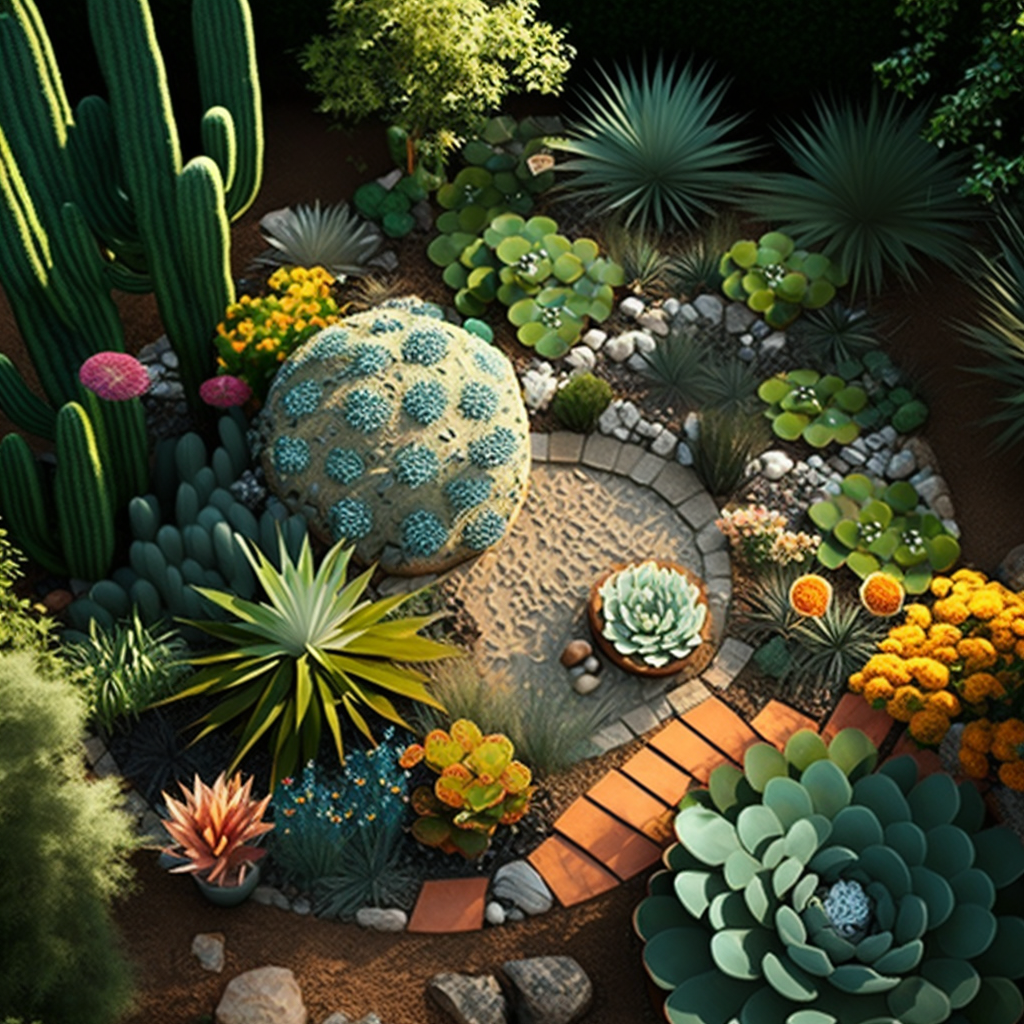
Edna Walling (1896-1973) Australia: Edna Walling was an Australian landscape designer, garden writer, and photographer. She is known for her use of Australian native plants, her attention to detail, and her emphasis on creating gardens that reflect the natural landscape. Walling designed more than 300 gardens throughout Australia, including the garden at Bickleigh Vale Village in Victoria, which has been listed on the National Trust of Australia's Register of Significant Gardens. She was also a prolific writer and published several books on garden design and the Australian landscape. In 1976, the Royal Horticultural Society in London awarded her the Veitch Memorial Medal for her contribution to garden design.
Edna Walling's garden designs were characterised by her use of native plant species and her focus on creating spaces that felt organic and integrated with the surrounding landscape. She often incorporated natural features, such as rocks and water features, into her designs to create gardens that had a sense of depth and texture. Walling's gardens were known for their sense of intimacy and seclusion, with meandering paths, secluded seating areas, and strategic planting used to create a sense of privacy and enclosure. Her designs also emphasised the importance of proportion and scale, with the size and shape of garden elements carefully chosen to create a harmonious and balanced composition. Overall, her gardens were an expression of her belief in the importance of designing spaces that were in harmony with the natural world, and that provided a sense of respite and tranquillity from the stresses of modern life.
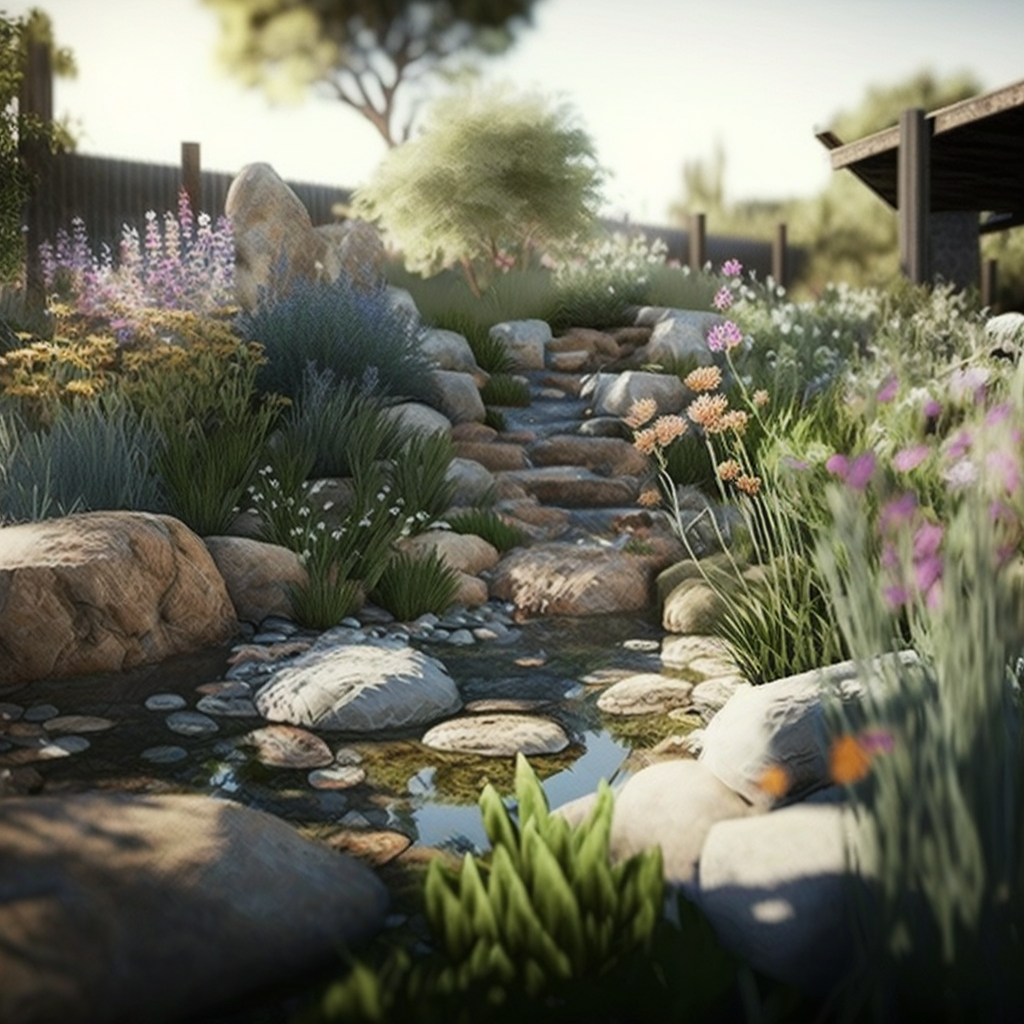
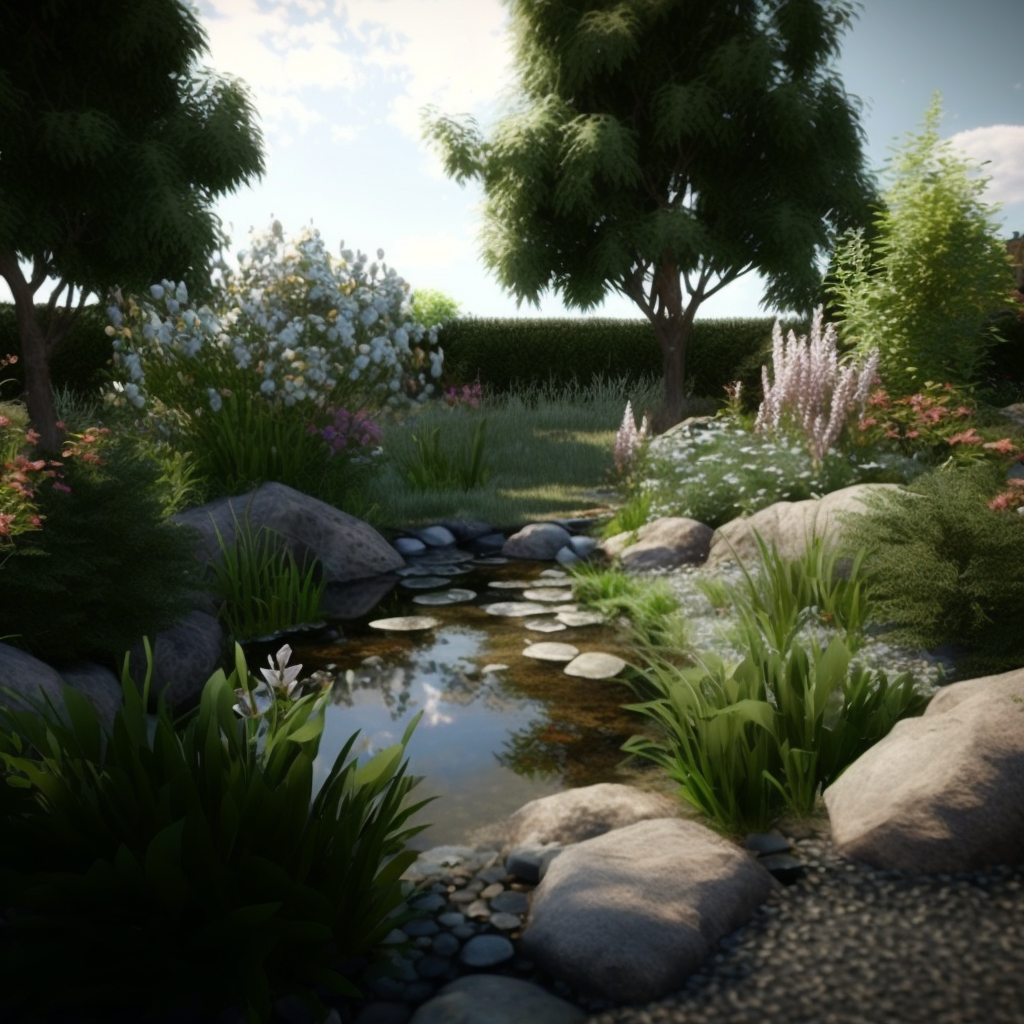
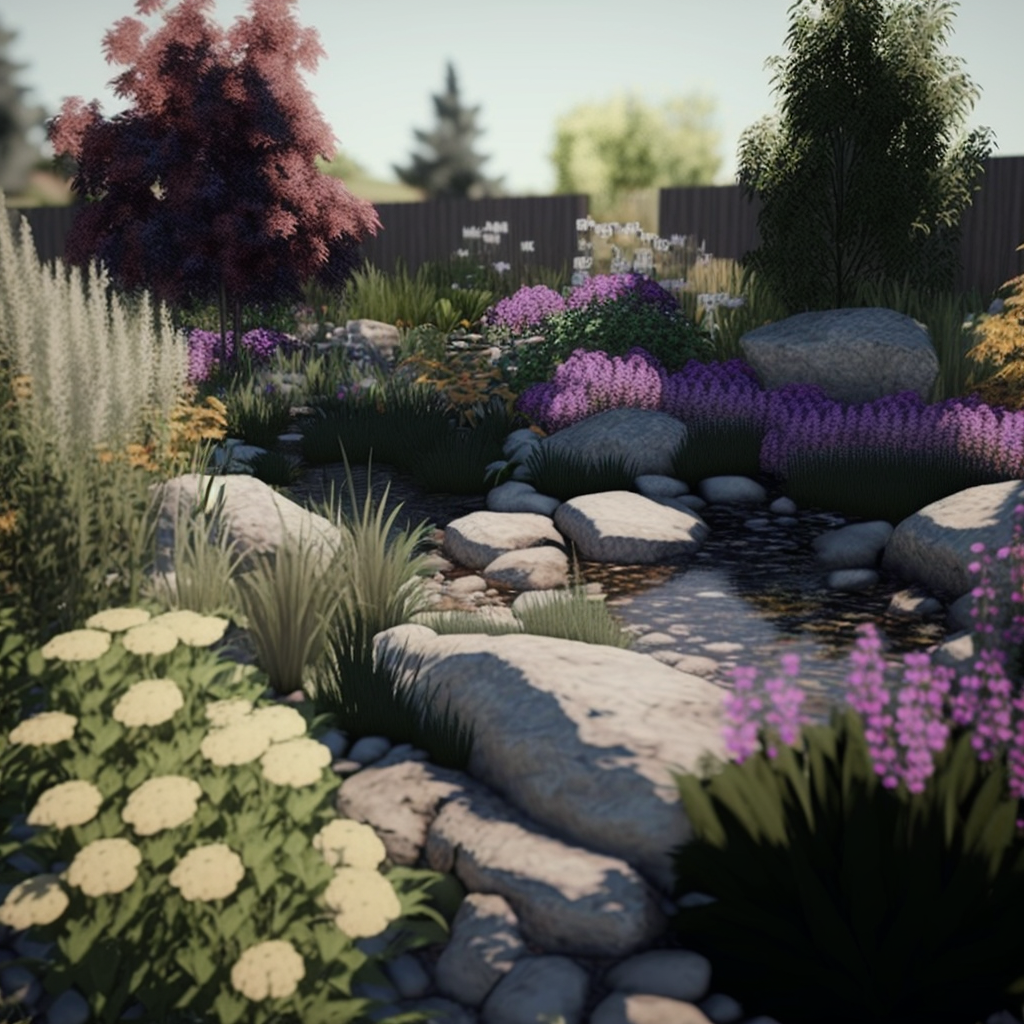
In conclusion, these female landscape designers have left an indelible mark on the industry and their work has inspired generations of designers to follow in their footsteps. Their innovative designs, dedication to sustainability, and commitment to creating beautiful spaces have not only beautified our surroundings but have also served to reconnect us with the natural world. On International Women's Day and Women's History Month, let us celebrate the achievements of these women and continue to honour their legacies by creating beautiful and sustainable spaces that enhance the lives of all who experience them.
